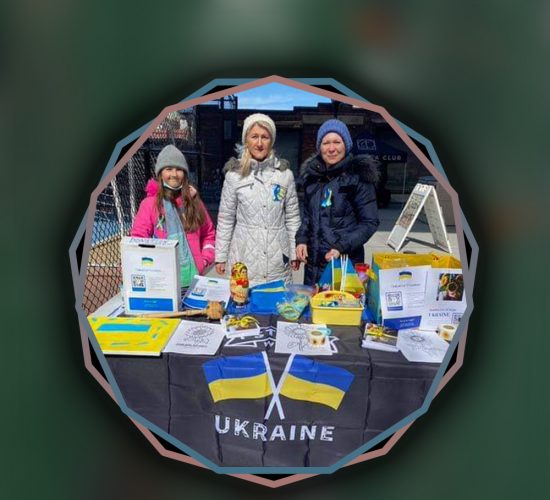Unveiling the Global Theatre: A Survey of Nations Currently Engaged in Conflict

Conflict has been a constant thread in the vast tapestry of human history, weaving its narrative through the annals of time. Today, our world is a stage where nations play out their ambitions, grievances, and struggles. From the bustling streets of metropolises to the remote corners of the globe, conflicts simmer, erupt, and shape the course of our collective destiny. In this survey, we journeyed through the global theatre, peeling back the layers to reveal the nations currently engaged in conflict.
The Middle East: A Cauldron of Tension
Nestled at the crossroads of continents, the Middle East has long been a hotspot of geopolitical strife. In recent years, the region has seen conflicts with complexities and ramifications. Syria’s brutal civil war, now in its second decade, has ravaged the country, claiming hundreds of thousands of lives and displacing millions more. Initially sparked by pro-democracy protests, the conflict has evolved into a multifaceted proxy war, drawing in regional and global powers vying for influence.
Neighboring Iraq continues to grapple with instability decades after the U.S.-led invasion in 2003. Sectarian tensions, exacerbated by political and economic grievances, simmer beneath the surface, periodically erupting into violence. Meanwhile, the ongoing conflict between Israel and Palestine remains one of the most intractable disputes in modern history, defying resolution despite decades of international efforts.
Africa: Battlegrounds of Aspiration and Despair
Across the vast expanse of Africa, conflicts of varying scales and intensity shape the lives of millions. In the Sahel region, a complex web of ethnic rivalries, resource scarcity, and jihadist insurgencies fuel violence and displacement. Countries like Mali, Niger, and Burkina Faso bear the brunt of this insecurity, struggling to contain the spread of extremism while addressing deep-rooted socio-economic challenges.
Ethiopia’s internal strife in East Africa threatens to destabilize the Horn of Africa region. The conflict in the Tigray region has escalated into a humanitarian crisis, with reports of atrocities and widespread displacement. Meanwhile, the Democratic Republic of Congo continues to grapple with the legacy of decades of conflict and exploitation as armed groups vie for control over the country’s vast mineral wealth.
Asia: Power Struggles and Historical Grievances
In Asia, tensions simmer amid historical rivalries and territorial disputes. The Korean Peninsula remains a flashpoint, with North Korea’s nuclear ambitions and provocative actions keeping the region on edge. Similarly, the South China Sea dispute continues to fuel tensions between China and its neighbors as competing claims over strategic waters and islands test diplomatic relations and maritime security.
In South Asia, the longstanding conflict between India and Pakistan over the disputed region of Kashmir persists, periodically erupting into deadly clashes along the Line of Control. Meanwhile, Afghanistan’s turbulent journey towards stability faces renewed challenges following the withdrawal of foreign troops, as the Taliban seeks to regain control amidst a backdrop of political uncertainty and escalating violence.
Europe: Fractured Unity and Resurgent Nationalism
Once ravaged by two world wars, Europe now grapples with internal and external challenges threatening to unravel decades of progress toward peace and cooperation. The conflict in Ukraine, sparked by Russia’s annexation of Crimea in 2014, continues to simmer in the country’s eastern regions despite efforts to broker a lasting ceasefire. The situation remains precarious, with the potential for further escalation casting a shadow over the continent.
Elsewhere, the rise of populist movements and resurgent nationalism in countries like Hungary and Poland has strained the unity of the European Union, fueling political polarization and undermining efforts toward more profound integration. The specter of Brexit, with its implications for the future of European cooperation, further underscores the fragility of the continent’s geopolitical landscape.
Navigating the Path to Peace
As we traverse the global theatre of conflict, it becomes clear that our challenges are as diverse as the nations embroiled in them. From the entrenched sectarian divides of the Middle East to the geopolitical rivalries of Asia and the resurgent nationalism of Europe, the forces driving conflict are manifold and complex.
Yet amidst the turmoil, there are glimmers of hope – in the resilience of communities striving for peace, in the efforts of diplomats and mediators working tirelessly to bridge divides, and in the enduring human spirit that yearns for a world free from the scourge of war. As we navigate the path to peace, let us heed the lessons of history and work together towards a future where dialogue triumphs over discord and cooperation prevail over conflict. In the end, it is only through collective action and unwavering resolve that we can genuinely unveil the promise of a more peaceful and prosperous world.